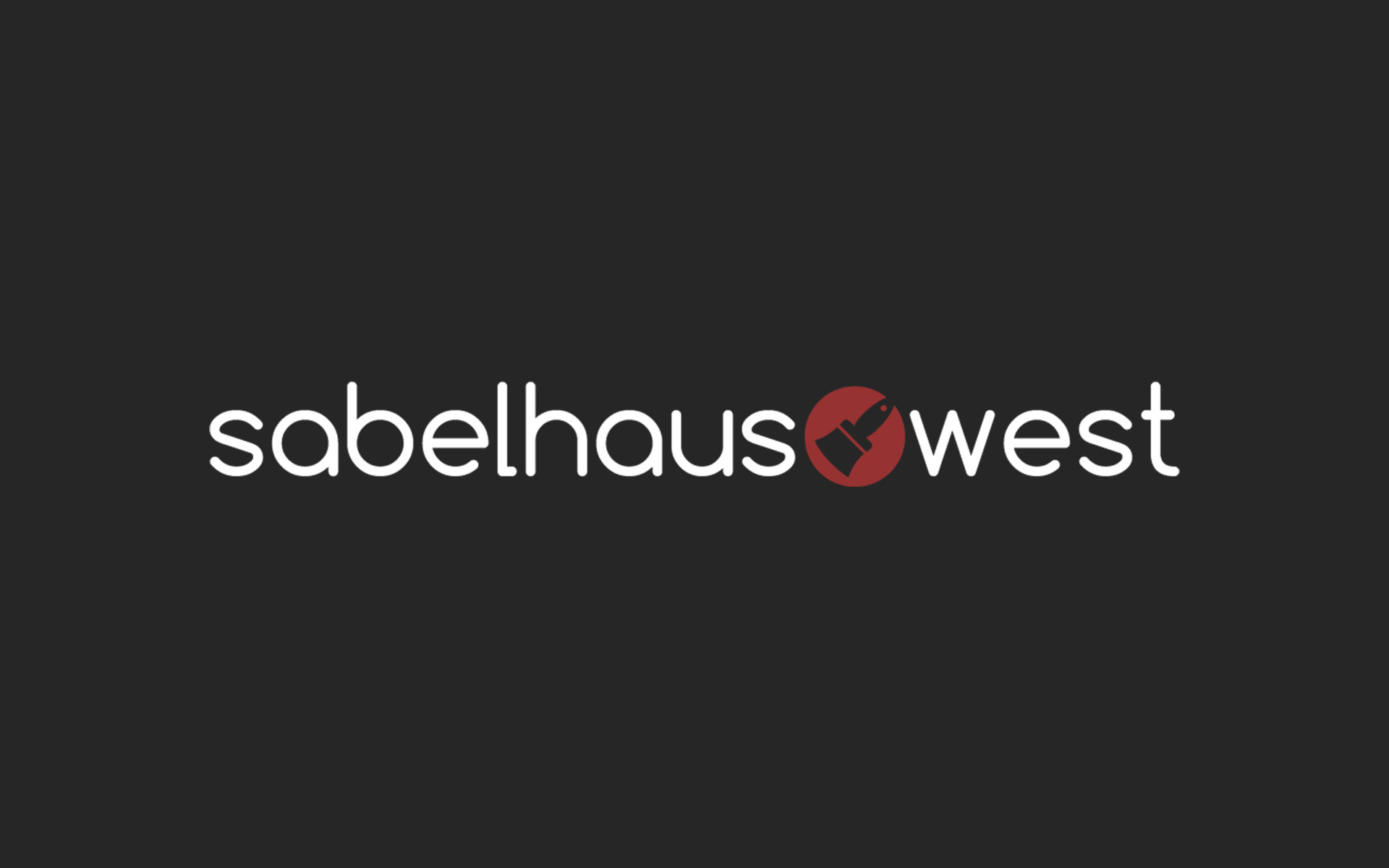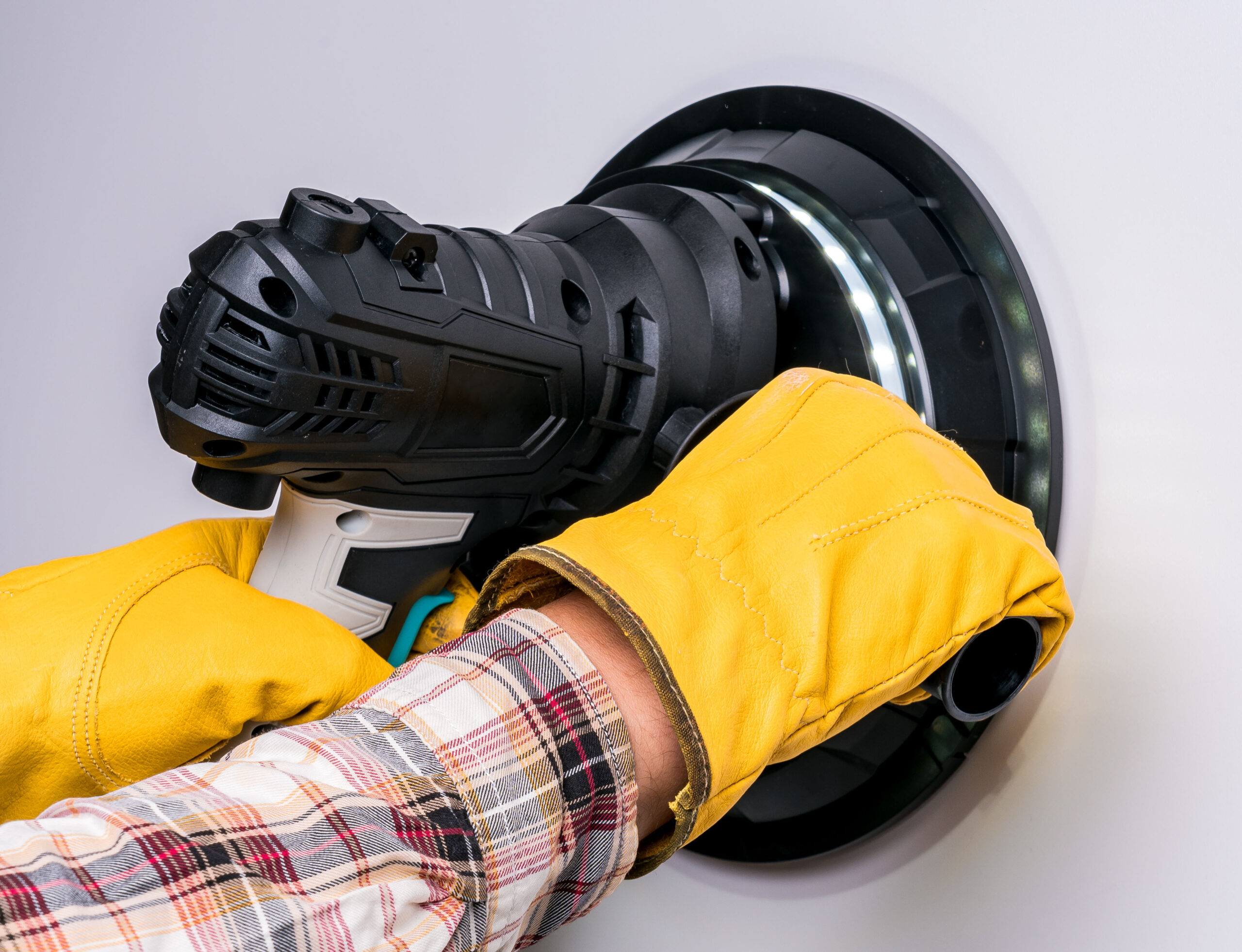Commercial painting project estimating is a task that requires the evaluation of multiple variables. Contractors have to find a fine balance between providing a competitive price to their clients, accurately judging the exact price of used materials and labor, all while ensuring their pricing is profitable for their company.
To help CPIA members and other commercial painting contractors provide their clients with an optimal and accurate price, this blog post provides a step-by-step guide to estimating.
Commercial Painting Project Cost Estimation Basics
If you ever caught yourself wondering how to estimate a commercial painting job, you probably know that it all boils down to the actual cost of the job- your expenses and your desired profit margin. Based on this, there are three things that need to be clarified when it comes to project cost estimation basics: fixed cost, the variable cost, and profit margin.
Fixed costs include administrative expenses such as accounting, project managers, office space rent and maintenance, marketing, insurance. This means that the bigger the company, the larger the expenses will be, simply due to logistics.
On the other hand, variable costs include material such as paint, tools and supplies, labor cost, and the cumulative hours spent on the job times the price of labor.
Similar to fixed costs, larger companies will have larger costs over smaller contractors, but they can also provide their clients with more value for the said higher price. The profit margin for smaller companies should, therefore, be at least 30% after variable costs, and more than 50% for bigger companies.
In practice, this would mean that smaller companies that estimate variable costs of $10,000 should aim to offer their clients with a price of $14,500 or more. That way, the difference of $4,500 will cover fixed costs. Large contractors should aim to offer at least $20,000 for the same commercial painting project.
How to Estimate Commercial Painting Cost – Step-by-Step Guide
CAREFULLY REVIEW ALL OF THE FACTORS ONCE ON A JOB SITE
The first step requires that contractors review the site in person. This allows them to meet the client, align expectations and create a business relationship worth nurturing. This will also ensure that contractors get a proper overview of the condition of the facility and spot any issues that are otherwise difficult to notice on images. Visiting the site is an important step that helps contractors accurately charge for the painting project and we highly recommend not skipping it.
ESTIMATE THE TOTAL COST OF PAINT
Depending on the brand, supplier discount and quality of the product, the price of paint per gallon will vary between $15 to $80. For a 4,000 square foot facility, 25 gallons of $25 paint will come up to $625. While painting suppliers often provide a discount for their repeat and wholesale customers, it is not always easy to negotiate these deals.
Capital One® Spring® is a platform built for business owners with an aim to help them save money. With a mission to support its clients in challenging negotiations, Capital One® Spring® services are free to use, deliver 100% of savings to the businesses, and provided by the procurement experts.
Consider joining the marketplace here.
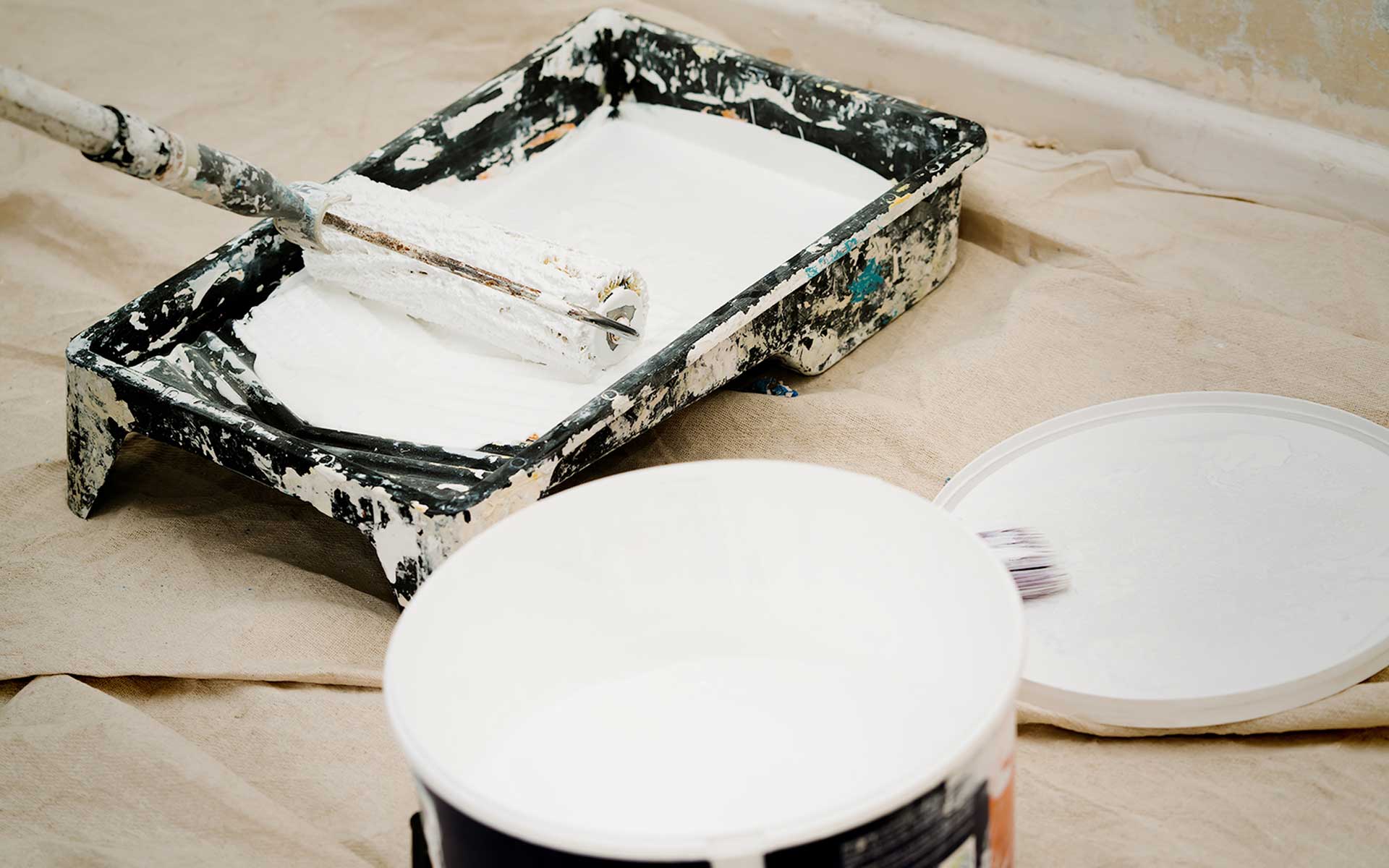
ESTIMATE THE COST OF ALL OTHER MATERIALS USED
For the same 2,500 square foot facility, the price of materials will depend on the prep work that’s required. For medium prep work, contractors typically need a gallon of primer, 10 rolls of tape, 6 tubes of caulking, 3 rolls of masking paper, and 2 of masking plastic, all amounting to an average price of $115.
Just like with negotiating the price of paint, Capital One® Spring® procurement professionals help contractors to obtain the goods and services their business purchases daily. This platform endows CPIA members with an opportunity to achieve savings in paint and materials purchasing, and to achieve higher profits and offer more competitive estimates.
REALISTICALLY ESTIMATE THE COST OF LABOR
Simple math would suggest that a team of 3 painters can cover the exterior of a 2,500 square foot facility in one or two days for about $800 per day. Yet the math is never simple and painting projects are rarely straightforward. Challenges such as steep roofs, trees, ivy, or pretty gardens, faulty caulking, peeling, embedded windows or contrasting or dark colors can significantly extend the labor and time required to finish the project. Due to this, it is important to surround yourself with experienced professionals capable of spotting time-consuming factors or simply charge more in order to protect the profit margin.
REMEMBER TO ADD UP THE COST OF MARKETING
Keeping track of marketing efforts allows commercial painting contractors to get an insight into effective and ineffective marketing techniques and to better manage marketing budgets. Usually, marketing costs should make up to 10% of the overall costs. Lead groups, referrals and digital marketing are typically more affordable than traditional marketing channels and are thus worth considering
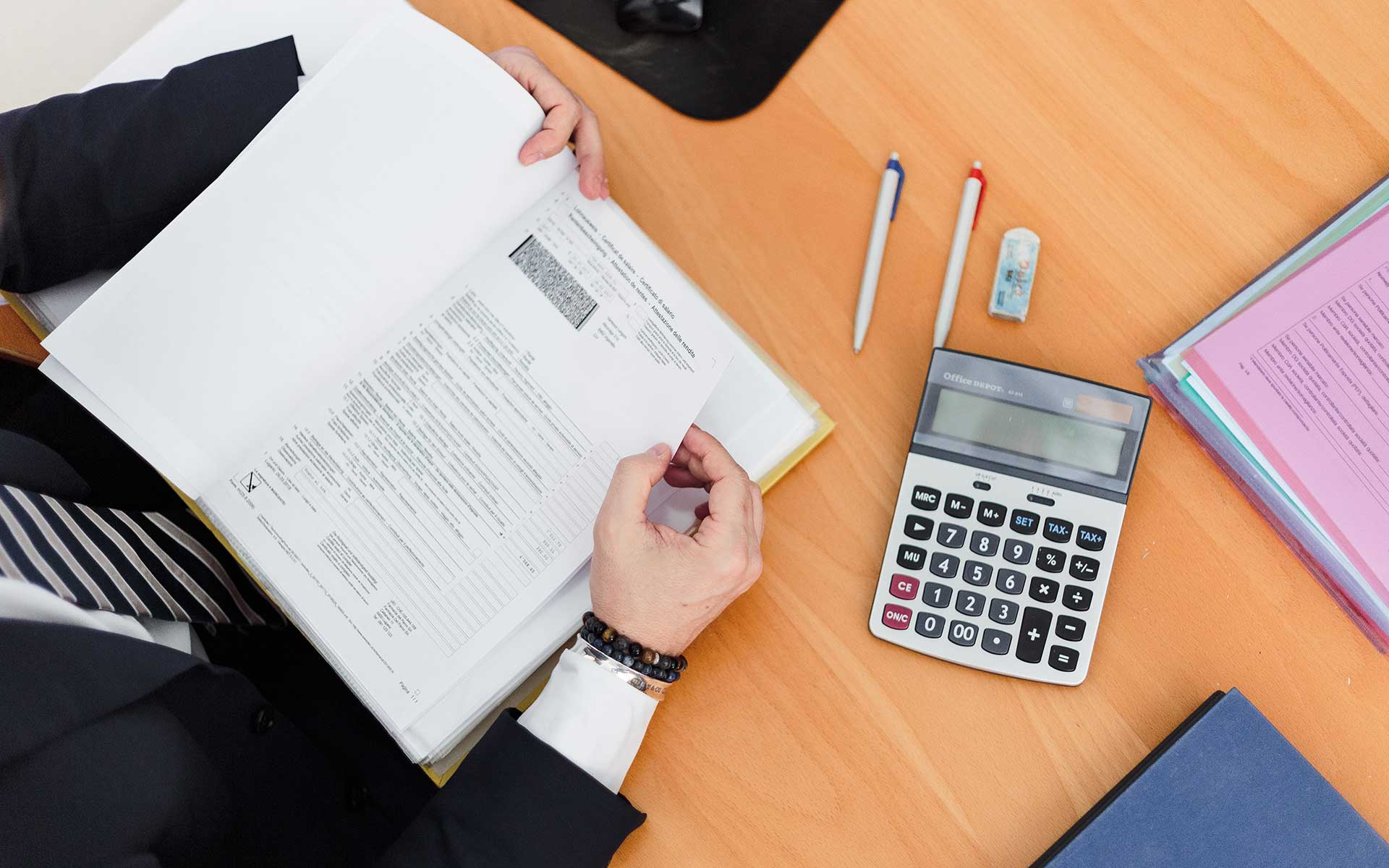
DETERMINE YOUR PROFIT MARGIN
After the other costs are factored in, it is time to determine the profit margin. As we mentioned before, smaller or new businesses should add a profit margin of 30%, while established and experienced contractors can go higher and include a markup of at least 50%.
CALCULATE OVERALL COST
Once the profit margin is added to the cost of labor, marketing, paint, and other materials, it’s time to calculate the overall cost. A rule of thumb is to always round up a total price so that unexpected costs can be accommodated.
If you would like to learn more about giving professional estimates from the leaders in the commercial painting industry, join CPIA today! Find out more about the numerous benefits of CPIA membership here.
